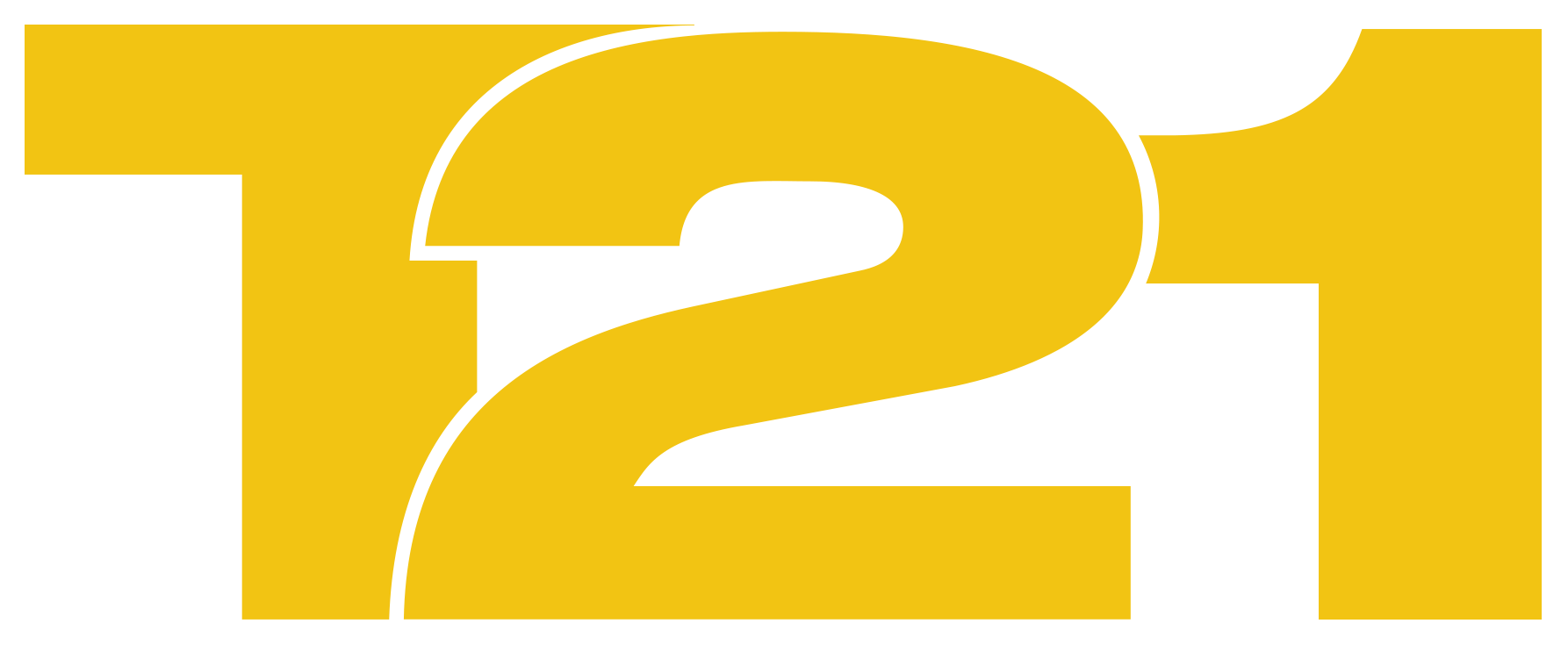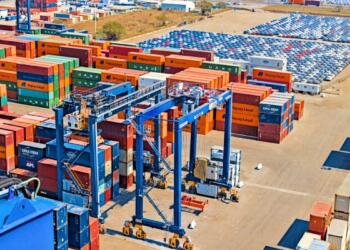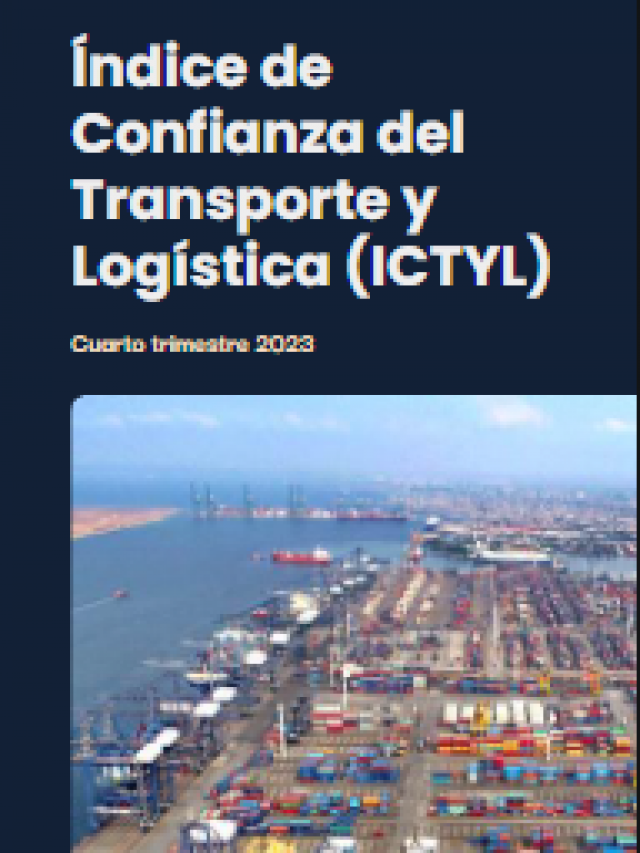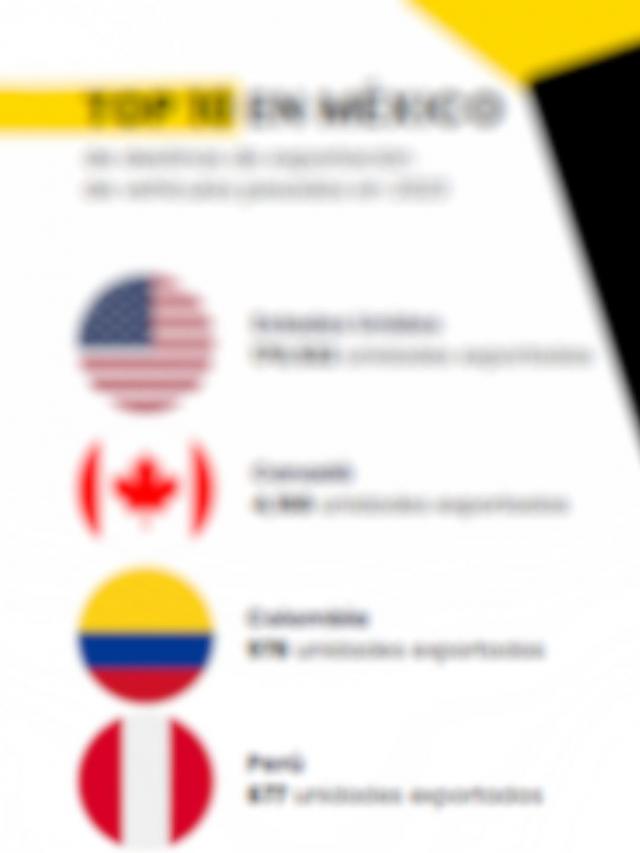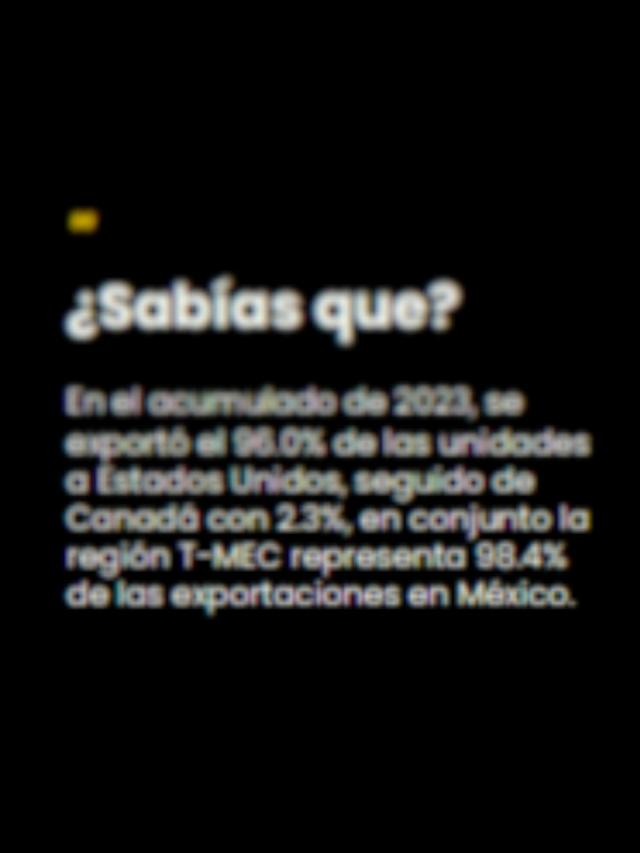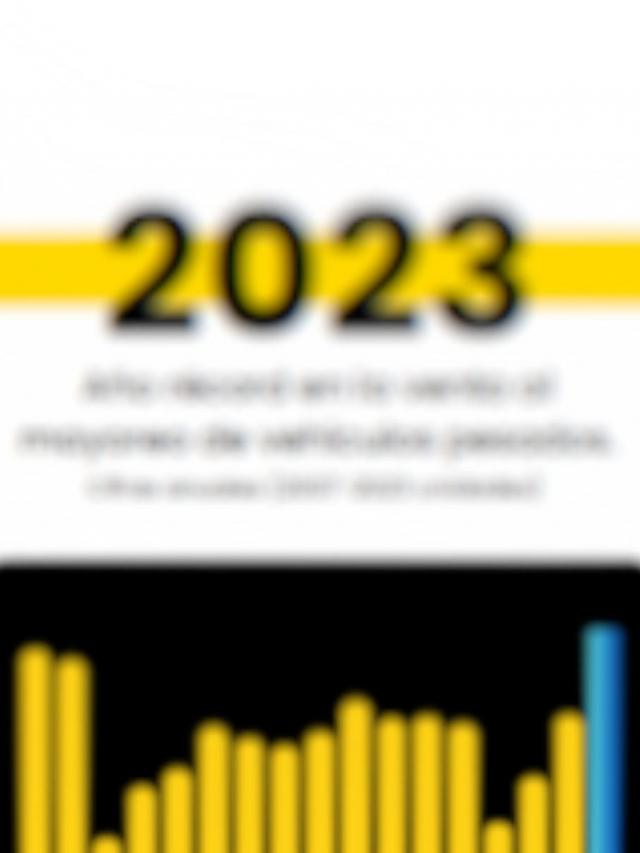
JIUTEPEC, MOR.- The decarbonization of heavy transport in Mexico must be built on a diverse technological ecosystem , ranging from ultra-low sulfur diesel to electric, natural gas and even hydrogen vehicles, according to Rogelio Arzate, executive president of the National Association of Bus, Truck and Tractor Producers (ANPACT) .
During his participation in the 3rd Meeting on Sustainable Technology and Mobility, organized by the National Association of Private Transportation (ANTP) , Arzate outlined the challenges and opportunities for the energy transition in freight and passenger transportation.
Currently, Mexico’s heavy-duty vehicle fleet has an average age of 19 years and mostly operates with Euro 3 technology. Upgrading to Euro 6 units could reduce polluting emissions, including particulate matter and nitrogen oxides (NOx), by 90%, Arzate said.
The executive president of ANPACT proposed a strategy based on four pillars :
- Renewal of the vehicle fleet , with an initial goal of replacing 7,500 units with clean technologies.
- Energy infrastructure , highlighting the lack of public electric and hydrogen stations for heavy vehicles.
- Green financing , with participation of financial institutions and multilateral funds such as the World Bank .
- Regulatory framework , which requires updating regulations on emissions, battery recycling, and extraction of critical minerals.

He also warned about the growth in used vehicle imports , which reached 29,000 units in 2024, almost triple the average of previous years.
To counter this, he proposed updating the current environmental agreement and applying USMCA criteria to limit its entry.
Arzate emphasized that this process cannot depend solely on the private sector. “The roadmap must be built with academia, authorities, civil society, and NGOs. Only then will we achieve a profound and sustainable transformation,” said the leader of the heavy vehicle manufacturers established in Mexico.
Comment and follow us on X: @karinaquintero / @GrupoT21
